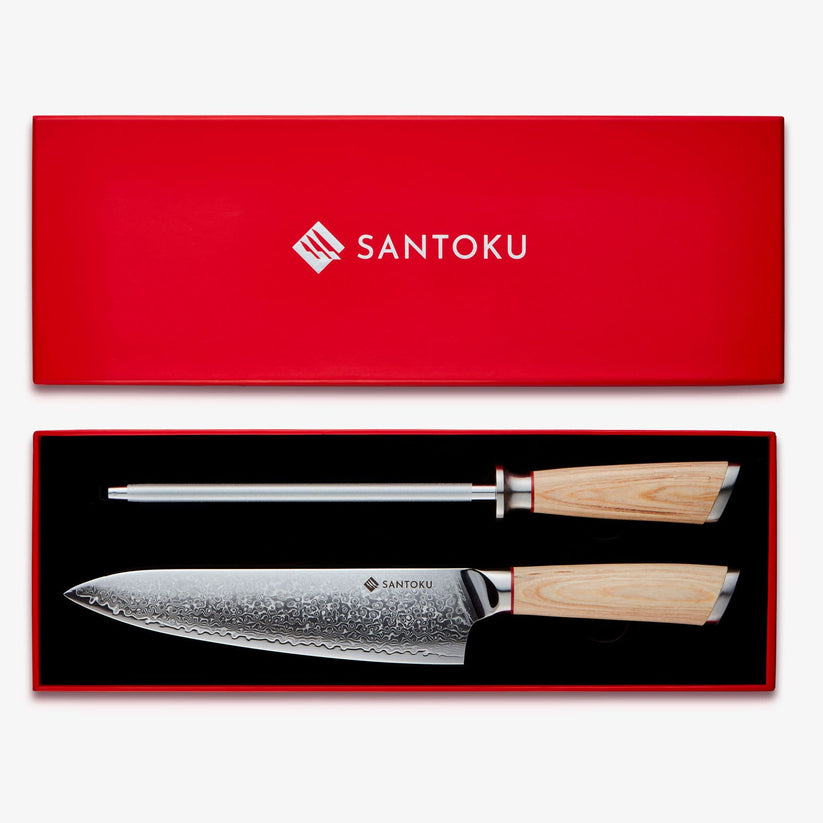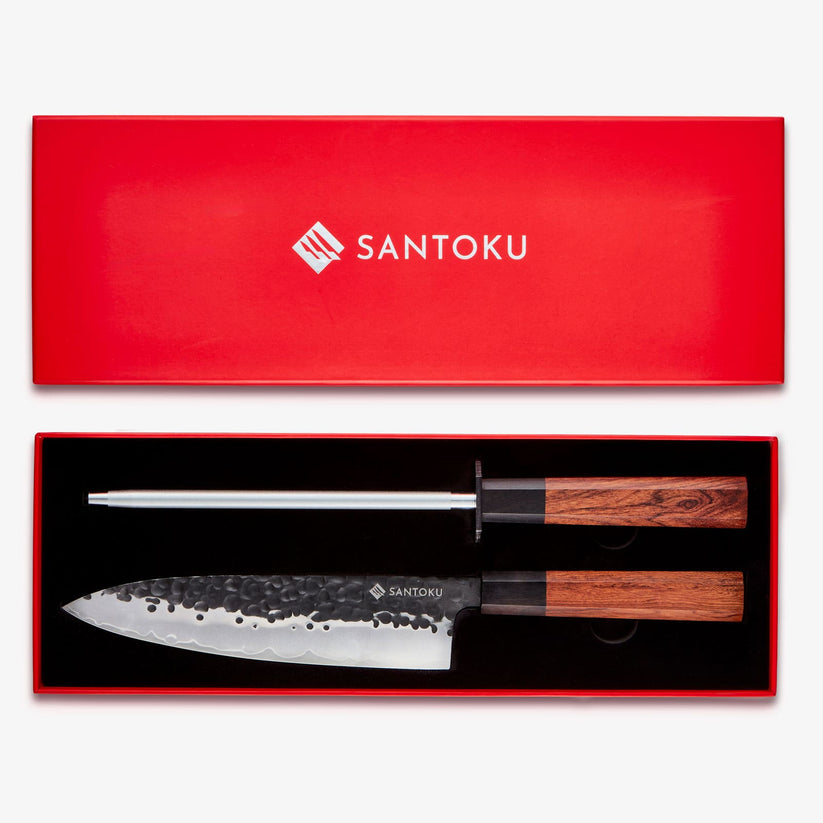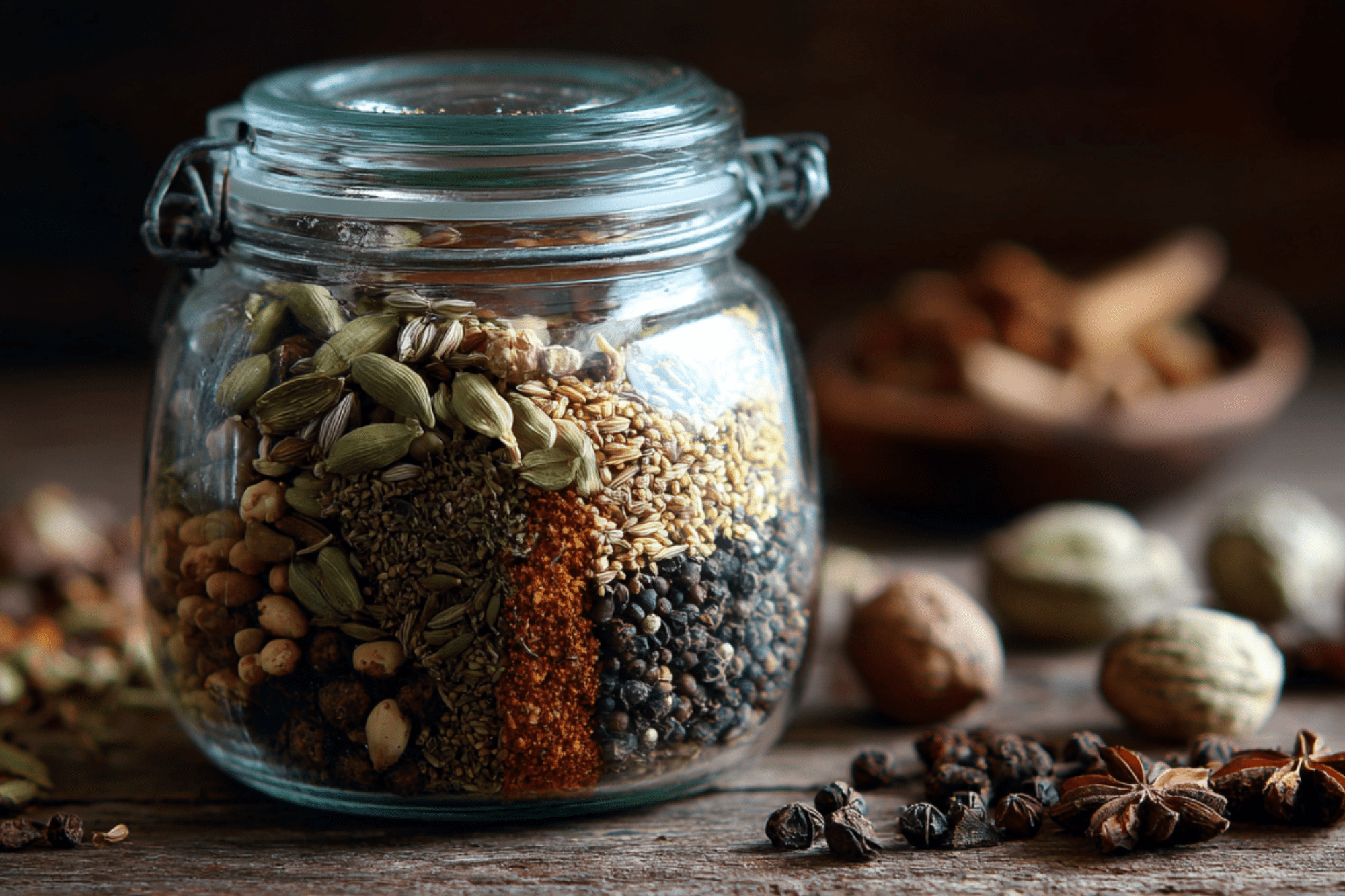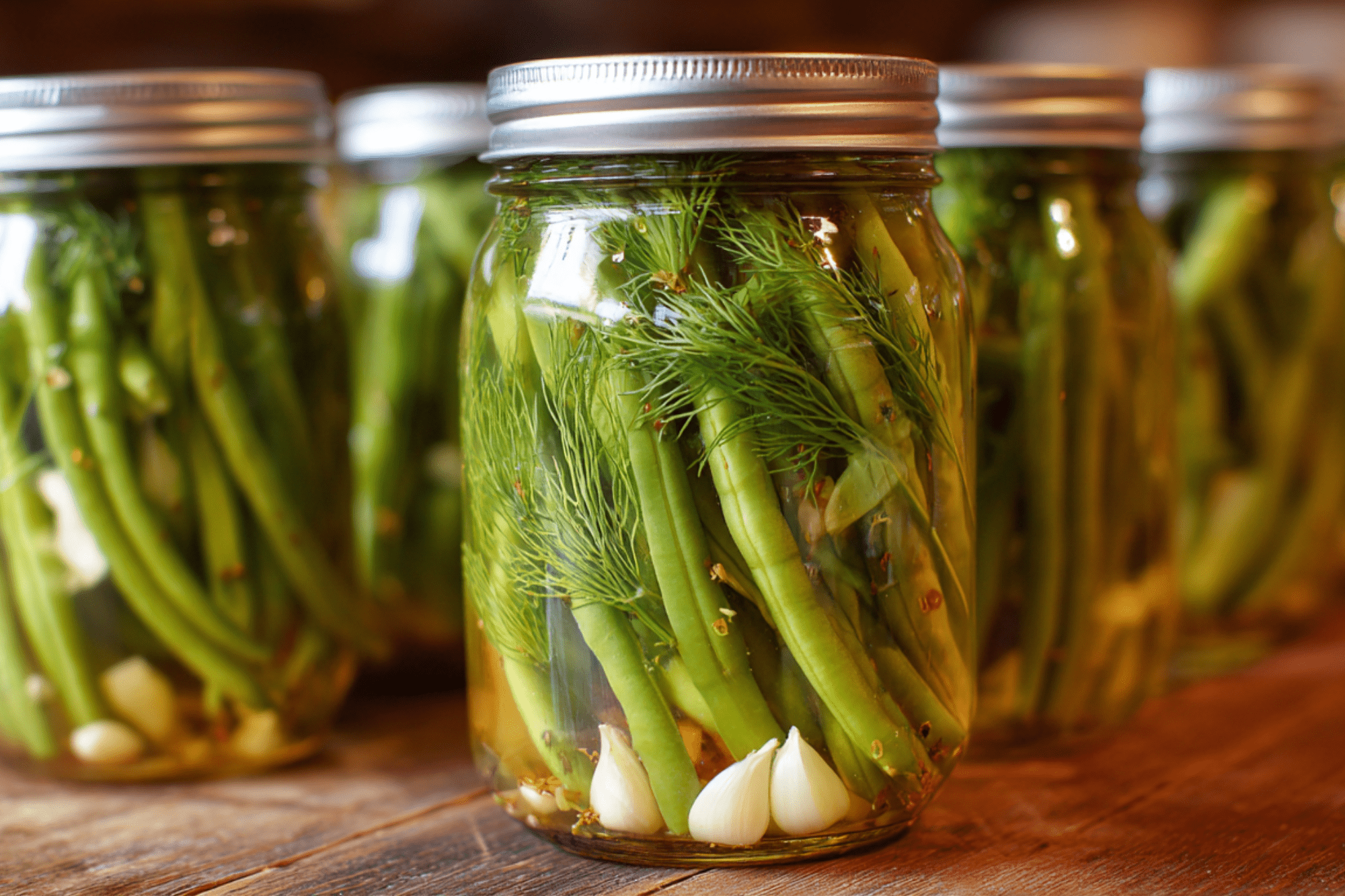
10 Tips for Cooking This Dish
- Choose high-quality beef shanks: Look for beef shanks that are well-marbled with a good amount of meat around the bone.
- Sear the beef properly: Ensure you sear the beef shanks until they are nicely browned to develop a rich flavor base.
- Use a heavy-bottomed pot: A Dutch oven or heavy-bottomed pot helps in even heat distribution and retains heat well.
- Deglaze the pot: After searing the beef and sautéing the vegetables, deglaze the pot with wine to capture all the flavorful bits.
- Submerge the meat: Make sure the beef shanks are mostly submerged in the braising liquid to keep them moist.
- Skim excess fat: After cooking, skim off any excess fat from the surface of the sauce for a cleaner flavor.
- Rest before serving: Allow the beef shanks to rest for a few minutes before serving to let the juices redistribute.
- Adjust seasoning: Taste the sauce before serving and adjust the seasoning if needed.
- Garnish with fresh herbs: Adding fresh parsley or other herbs before serving enhances the dish's appearance and flavor.
- Pair with complementary sides: Serve with mashed potatoes, polenta, or crusty bread to soak up the delicious sauce.
Serving Suggestions
- Mashed Potatoes: Serve the beef shanks over a bed of creamy mashed potatoes to soak up the rich sauce.
- Roasted Vegetables: Pair with roasted root vegetables like carrots, parsnips, and potatoes for a complete meal.
- Polenta: Serve the beef shanks with a side of creamy polenta for a comforting and hearty combination.
- Crusty Bread: Accompany the dish with warm, crusty bread to mop up the flavorful sauce.
- Green Beans: A side of steamed or sautéed green beans adds a fresh, crisp contrast to the tender beef.
- Rice Pilaf: Serve the beef shanks with a side of rice pilaf for a simple yet satisfying accompaniment.
- Salad: A light, fresh salad with a tangy vinaigrette can balance the richness of the braised beef.
- Pasta: Pair the beef shanks with a side of pasta, such as wide egg noodles or pappardelle, to enjoy with the sauce.
FAQ's
Q: Can I make Beef Shank ahead of time?
A: Yes, you can prepare the beef shanks in advance and store them in the refrigerator before reheating. Reheat in the oven before serving.
Q: Can I freeze Beef Shank?
A: Yes, you can freeze cooked beef shanks. Let them cool completely, then wrap each shank individually in plastic wrap or foil before placing them in a freezer-safe container.
Q: Can I use a different type of meat instead of beef shank?
A: Yes, you can substitute beef shank with other braising cuts like short ribs, oxtail, or lamb shanks. Adjust the cooking time accordingly.
Q: How do I make Beef Shank gluten-free?
A: Ensure all ingredients, including the broth and any seasonings, are gluten-free. Use a gluten-free wine or substitute with gluten-free broth.
Q: Can I use white wine instead of red wine?
A: Yes, you can use white wine, but it will slightly alter the flavor profile of the dish. Red wine provides a richer, deeper flavor.
Q: How do I prevent the beef shanks from drying out?
A: Ensure the beef shanks are mostly submerged in the braising liquid during cooking and cook them at a low, steady temperature.
Q: What can I use if I don't have a Dutch oven?
A: You can use any heavy-bottomed, oven-safe pot or a slow cooker for braising the beef shanks.
Q: How long can I store leftovers?
A: Leftover braised beef shanks can be stored in the refrigerator for up to 3 days or in the freezer for up to 3 months. Reheat thoroughly before serving.
Q: Can I make this recipe in a slow cooker?
A: Yes, you can adapt this recipe for a slow cooker. Sear the beef shanks and sauté the vegetables on the stovetop first, then transfer everything to the slow cooker and cook on low for 6-8 hours.
Q: How do I thicken the sauce if it's too thin?
A: You can thicken the sauce by simmering it on the stovetop after removing the beef shanks, or by adding a cornstarch slurry (1 tablespoon cornstarch mixed with 2 tablespoons water) to the sauce and cooking until it thickens.






